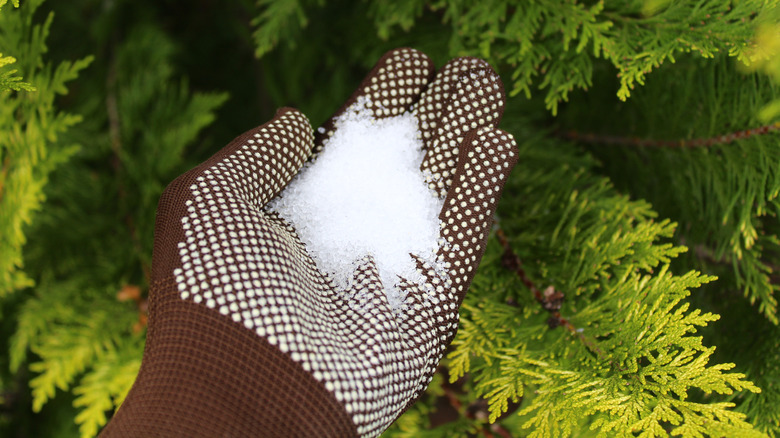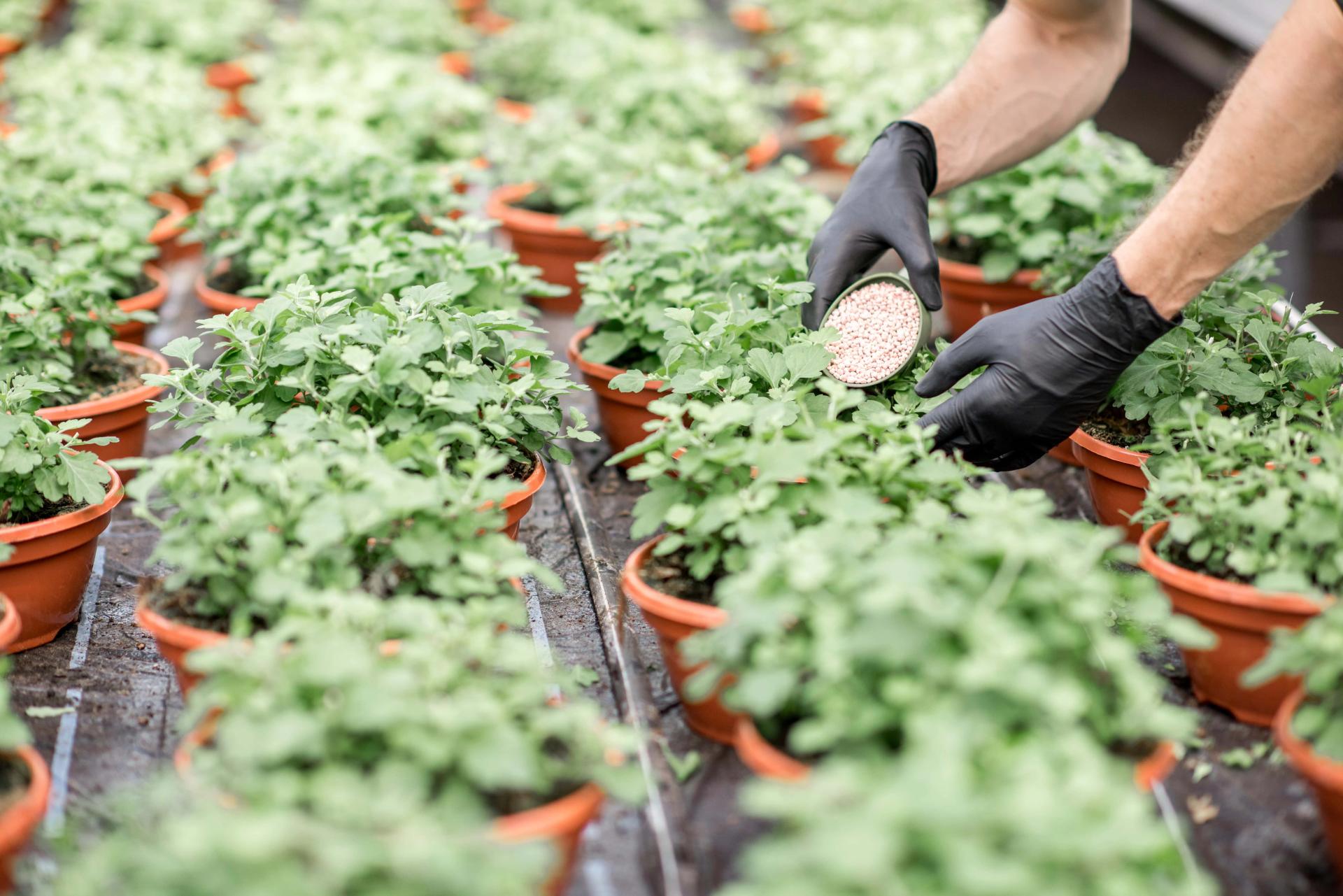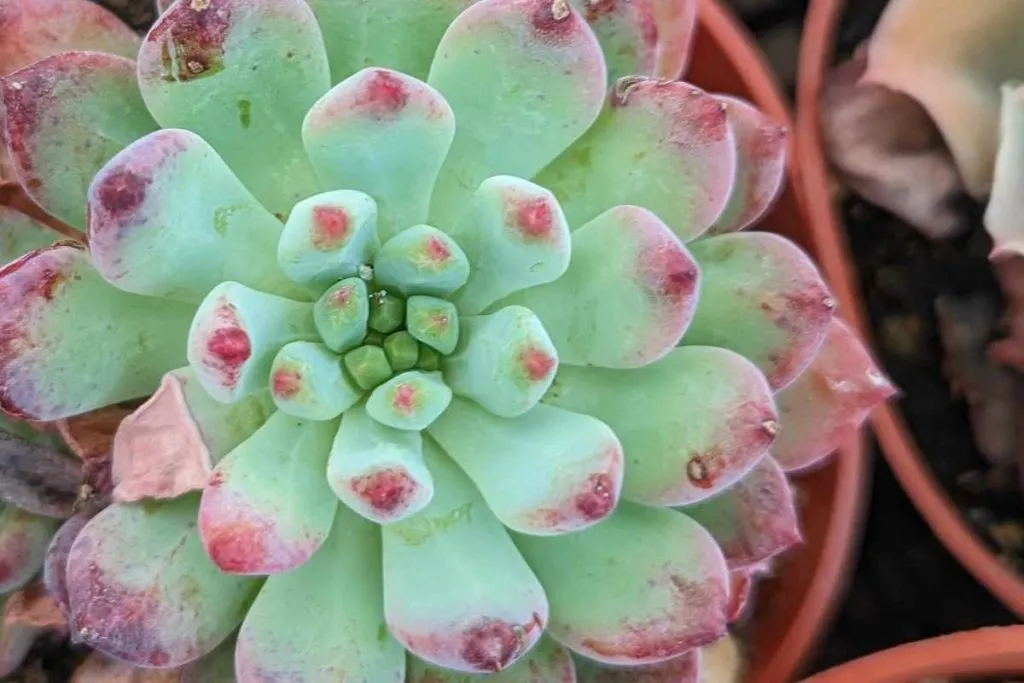Discover What Plants Don't Like Epsom Salt in Your Yard
Discover What Plants Don't Like Epsom Salt in Your Yard
Blog Article
Discover the Specific Plants That Are Adversely Impacted by Epsom Salt Application
Epsom salt, a popular house solution for numerous horticulture troubles, is typically applauded for its beneficial effects on plant development. Comprehending the specific plants that can be negatively impacted by Epsom salt is essential for any kind of garden enthusiast looking to enhance their plant care regimen.
Roses

Roses, particularly conscious adjustments in their atmosphere, can be negatively influenced by the application of Epsom salt. While Epsom salt is typically used as a fertilizer to advertise plant development and enhance blooming, roses are among the plants that do not react well to its application. The high magnesium web content in Epsom salt can interfere with the uptake of other vital nutrients by the rose plants, resulting in deficiencies that show up as yellowing leaves or stunted growth.

Tomatoes
While Epsom salt is frequently proclaimed as a treatment for different plant problems, including bloom end rot in tomatoes, its application can lead to damaging results if not used deliberately. Excessive Epsom salt, which is magnesium sulfate, can interfere with the fragile nutrient balance needed by tomatoes, possibly leading to deficiencies in various other necessary nutrients like calcium. When taking into consideration the use of Epsom salt on tomatoes, it is vital to stick to advised application rates and dirt testing to protect against unexpected effects on the total health and wellness and performance of these cherished yard plants.
Peppers
Peppers, revered for their various colors and degrees of spiciness, can show vulnerability to adverse impacts from Epsom salt when not used with care and factor to consider for their specific nutritional requirements. what plants don't like epsom salt. Peppers, belonging to the Solanaceae family members, require a fragile equilibrium of nutrients to prosper. While Epsom salt is known to increase magnesium levels in plants, excessive application can interrupt this equilibrium, resulting in damaging effects on pepper plants
When peppers are revealed to high degrees of magnesium from Epsom salt, it can hinder the plant's capability to absorb various other necessary nutrients like calcium and potassium. This inequality may materialize in signs such as fallen leave staining, stunted growth, and minimized fruit production. Additionally, the too much magnesium can modify the soil pH, further exacerbating nutrient uptake concerns for peppers.

Rhododendrons
Provided the sensitivity of particular plant varieties to inequalities created by Epsom salt, it is essential to consider the effect on Rhododendrons, which also call for specific nutrient degrees to prosper. Rhododendrons are acid-loving plants that like acidic dirt problems with a pH range in between 4.5 and 6.0. Epsom salt, chemically known as magnesium sulfate, can modify the soil pH and interfere with the delicate equilibrium of nutrients necessary for Rhododendron health and wellness.

To keep the ideal growth and wellness of Rhododendrons, it about his is vital to avoid the Recommended Site indiscriminate use Epsom salt and instead concentrate on giving the particular acidic soil problems and nutrients that these plants need for flourishing.
Azaleas
These popular blooming plants are often found in landscapes, parks, and yards due to their charm and convenience. While Epsom salt is frequently made use of as a remedy for magnesium shortage in plants, its application to azaleas can have unfavorable effects.
Azaleas like somewhat acidic dirt conditions, and an excess of magnesium from Epsom salt can disrupt this equilibrium, leading to nutrient discrepancies and prospective poisoning problems. The wrong application of Epsom salt can result in stunted development, yellowing of fallen leaves, and total decrease in the wellness of azaleas.
Final Thought
Finally, it is essential to be familiar with the specific plants that can be adversely impacted by the application of Epsom salt. Roses, tomatoes, azaleas, peppers, and rhododendrons are some examples of plants that might not gain from Epsom salt and might even endure damage. It is critical to study and recognize the needs of each plant varieties before using Epsom salt as a fertilizer to guarantee their health and wellness.
Comprehending the certain plants that can be detrimentally influenced by Epsom salt is important for any kind of gardener looking to maximize their plant care regimen. While Epsom salt is frequently made use of as a plant food to promote plant growth and enhance blooming, roses are one of the plants that do not react well to its application.Excessive usage of Epsom salt can likewise result in an accumulation of salts in the dirt, leading to root damage and dehydration of the rose plants. While Epsom salt is recognized to improve magnesium levels in plants, extreme application can disrupt this balance, try here leading to adverse effects on pepper plants.
The high salt content in Epsom salt can likewise dehydrate Rhododendron origins, triggering more tension and damage to the plant. (what plants don't like epsom salt)
Report this page